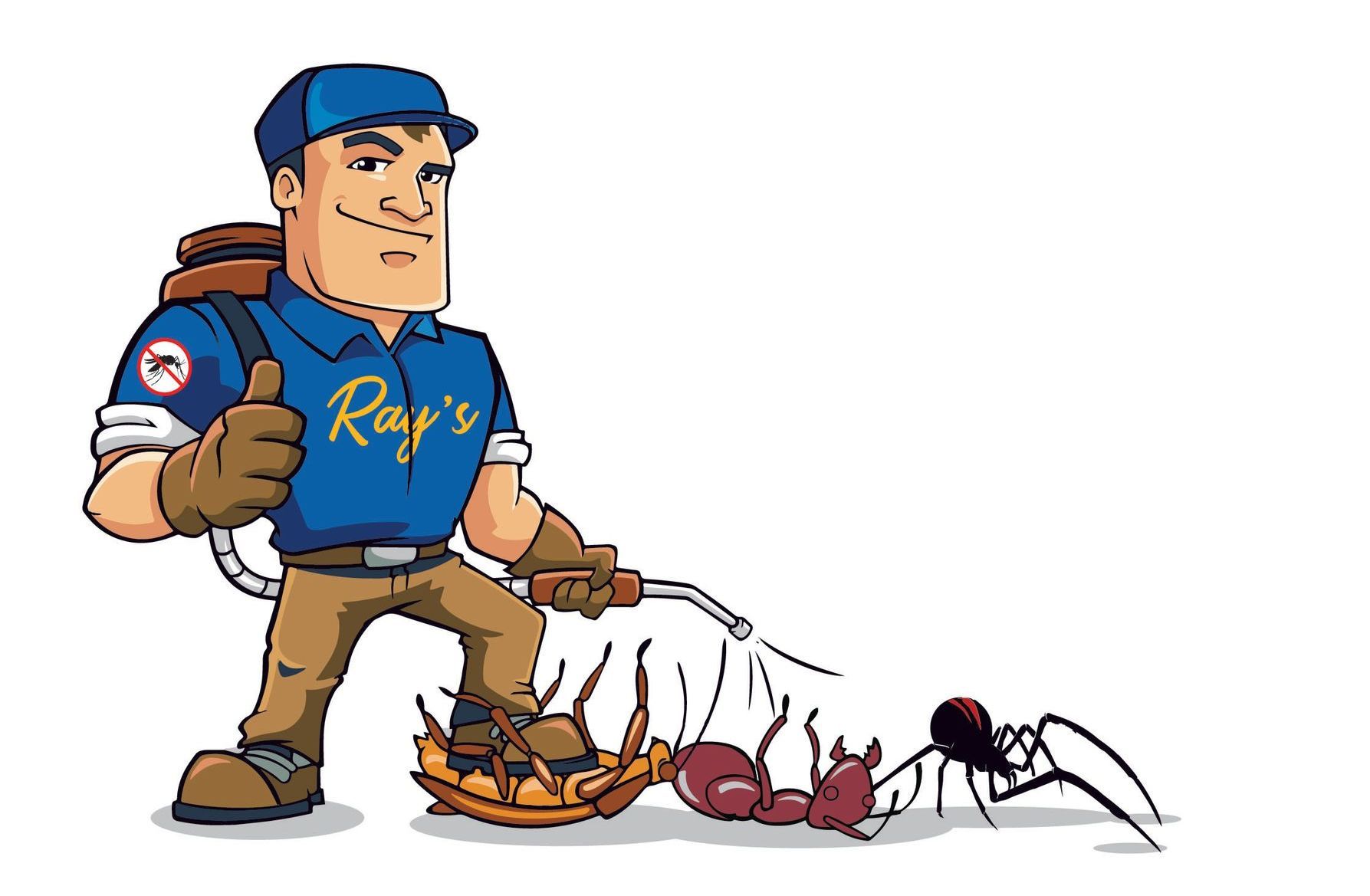Birds in North Carolina
The state of North Carolina is rich in bird diversity, but there are a handful of species that regularly take the opportunity to convert our homes into their habitats.
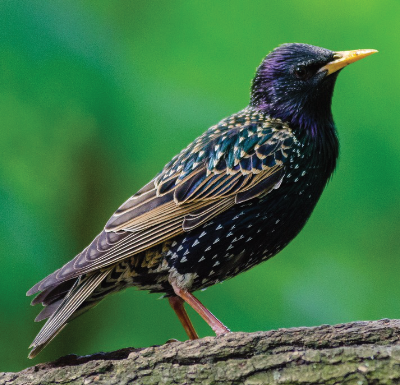
Starlings
Starlings are these amazing medium-sized birds that have this stunning iridescent black plumage with speckles and spots. They are originally from Europe, Asia, and North Africa and are known for being really adaptable. What's cool about them is that they are great mimics and can imitate all sorts of sounds, from other bird species to mechanical noises.
You can often see starlings in these massive flocks, especially during migration and in urban areas, where they are looking for all kinds of food, like insects, fruits, and even human scraps. But, unfortunately, these birds can be a real pain because they drive away native birds, cause property damage, and even pose health risks with their droppings.
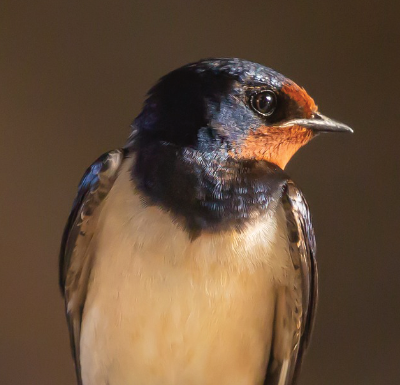
Swallows
The elegant and agile swallows are easily distinguished by their slender bodies, long wings, and distinctive forked tails. These birds primarily feed on insects, effortlessly catching them mid-air with their remarkable flying abilities.
Swallows are known for their migratory nature, embarking on long-distance journeys between their breeding and wintering areas. They are also renowned for building cup-shaped nests using mud, often attaching them to man-made structures. In North Carolina, the barn swallow, identifiable by its striking cobalt blue body, is a commonly sighted species.
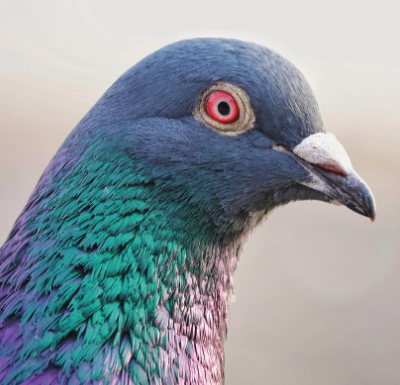
Pigeons
Pigeons are quite the interesting birds, growing up to 12 ½ inches long and weighing around 13 ounces. Their bodies are light gray with darker heads and distinctive dark bars on their wings and tails. They sport grayish-pink beaks and are known to feed on seeds but will eat almost anything they come across. These birds are most active in the morning and late afternoon, nesting at night, and thriving in both urban and rural areas. Their diet mainly consists of food scraps and seeds.
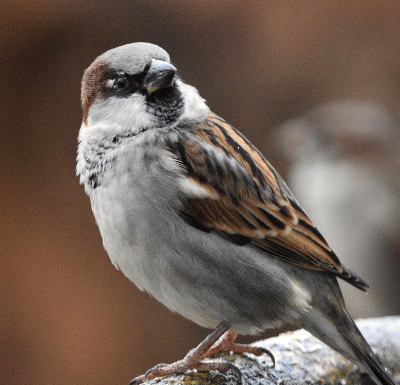
Sparrows
Sparrows are truly fascinating birds, with a staggering 140 species worldwide, each displaying a remarkable variety of plumage to expertly blend into their surroundings. In the state of North Carolina, the house sparrow is the reigning species, measuring a modest 6 ¼ inches in size. The males boast chestnut topsides, complemented by gray heads adorned with whitish cheeks, and a striking black throat. On the other hand, the females sport a simpler appearance, characterized by tan bodies and dark wings. Their diet consists of seeds and insects, making them valuable allies in pest control. These communal nesters prefer cup-shaped nests nestled in sheltered spots.
Their affinity for building nests in clusters of homes means that if sparrows are starting to dominate your property, it might be time to explore the option of relocating them in a humane manner.
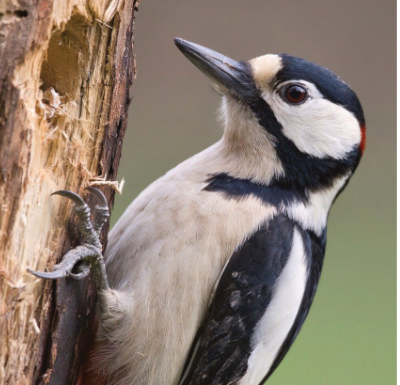
Wood Pecker
Woodpeckers possess powerful bills that they use to bore into trees in search of insects and sap. They maintain their balance using stiff tail feathers, but this behavior can result in damage to structures such as siding and window frames. Furthermore, the holes they create can attract carpenter bees. Woodpeckers also communicate by drumming with their bills, aided by their shock-absorbing skulls.
While woodpeckers play a crucial role in forests by controlling insect populations and providing nesting sites, managing them on your property may necessitate humane relocation. For more information about woodpeckers, including their habits and humane removal methods, please reach out.
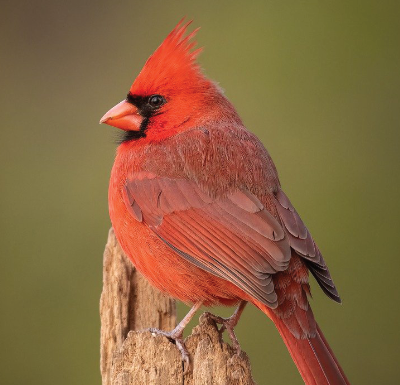
Northern Cardinal
The Northern Cardinal is a cherished and easily identifiable bird species found in North America, serving as the official state bird of North Carolina. Males are distinguished by their vivid red feathers and prominent crests, whereas females display a more muted blend of gray and red tones.
These birds are prevalent in gardens, woodlands, and suburban regions, where their melodious calls and striking colors provide a pleasing visual experience.
Northern Cardinals do not migrate, allowing for year-round observation in their natural environments. Their diet mainly consists of seeds and fruits, which leads them to frequently visit bird feeders.
All Rights Reserved | Ray's Pest Control and Wildlife Removal/Terms & Conditions / Accessibility Statement/Designed by GOL Digital Solutions

